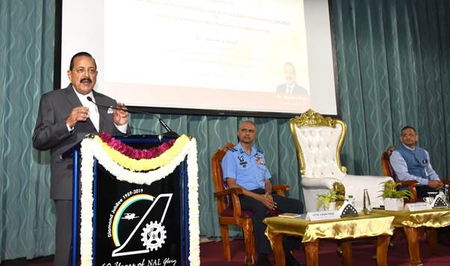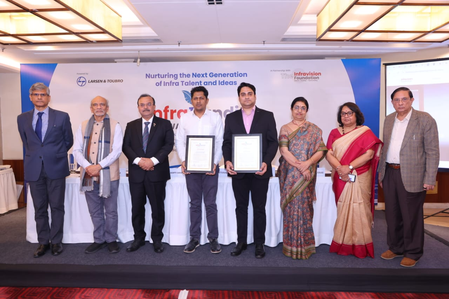
London, Oct 12 (IANS) A Swedish woman who lost her right hand in a farming accident was implanted with a novel human-machine interface into her residual bone, nerves, and muscles.
Now, the bionic hand that was merged with her nervous and skeletal systems, remains functional after years of daily use.
A multidisciplinary group of engineers and surgeons developed a human-machine interface that allows for the prosthesis to be comfortably attached to the user’s skeleton via osseointegration, while also enabling electrical connection with the nervous system via electrodes implanted in nerves and muscles.
The research was led by professor Max Ortiz Catalan, head of neural prosthetics research at the Bionics Institute in Australia and founder of the Center for Bionics and Pain Research (CBPR) in Sweden.
“Karin was the first person with below-elbow amputation who received this new concept of a highly integrated bionic hand that can be used independently and reliably in daily life,” said Catalan.
The fact that she has been able to use her prosthesis comfortably and effectively in daily activities for years “is a promising testament to the potential life-changing capabilities of this novel technology for individuals facing limb loss,” Catalan said in a paper published in the journal Science Robotics.
The challenges at this level of amputation are the two bones (radius and ulna) that should be aligned and loaded equally, and that not much space is available for implanted and prosthetic components.
The research team nevertheless managed to develop a suitable neuromusculoskeletal implant that allows for connecting the user’s biological control system (the nervous system) with the electronic control system of the prosthesis.
“Our integrated surgical and engineering approach also explains the reduction in pain, as Karin is now using somewhat the same neural resources to control the prosthesis as she did for her missing biological hand,” the authors wrote.
A key feature of the new bionic technology is the skeletal attachment of the prosthesis via osseointegration — the process by which bone tissue embraces titanium creating a strong mechanical connection.
Professor Rickard Branemark, research affiliate at MIT, associate professor at Gothenburg University and CEO of Integrum, led the surgery and has worked with osseointegration for limb prosthesis since they were first used in humans: “By combining osseointegration with reconstructive surgery, implanted electrodes, and AI, we can restore human function in an unprecedented way. The below elbow amputation level has particular challenges, and the level of functionality achieved marks an important milestone for the field of advanced extremity reconstructions as a whole.”
The nerves and muscles in the residual limb were re-arranged to provide more source of motor control information to the prosthesis.
Dr Paolo Sassu conducted this part of the surgery that took place at the Sahlgrenska University Hospital in Sweden.
The robotic hand developed by Prensilia, namely Mia Hand, featured unique motor and sensory components that allowed the user to carry out 80 per cent of the activities of daily living, according to the study.
–IANS
na/pgh




